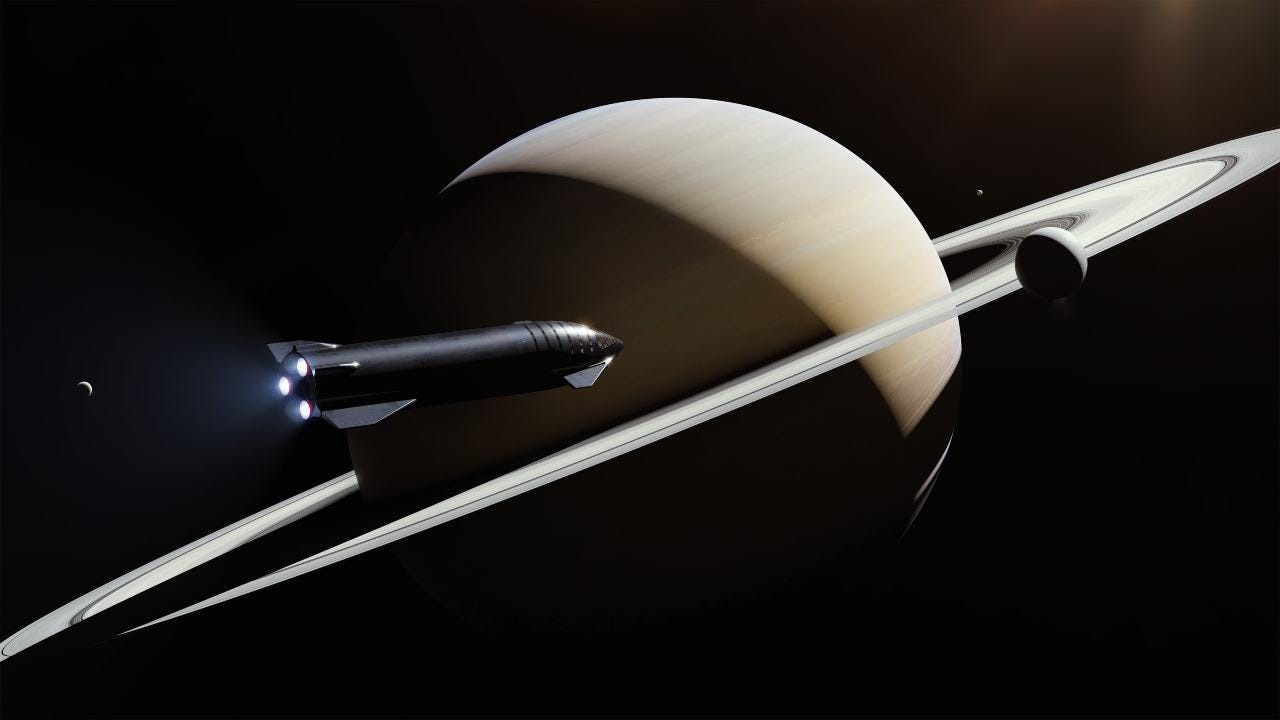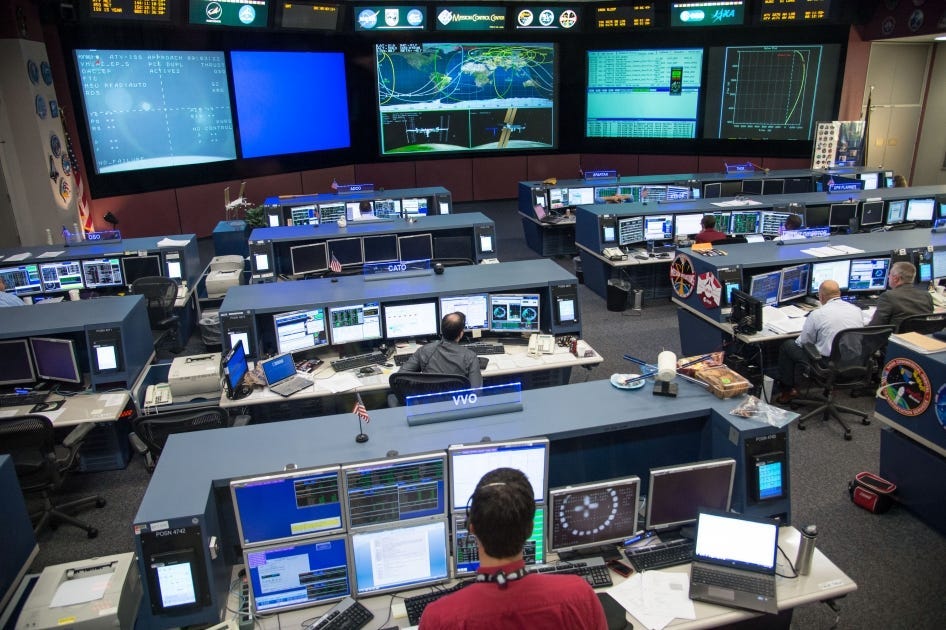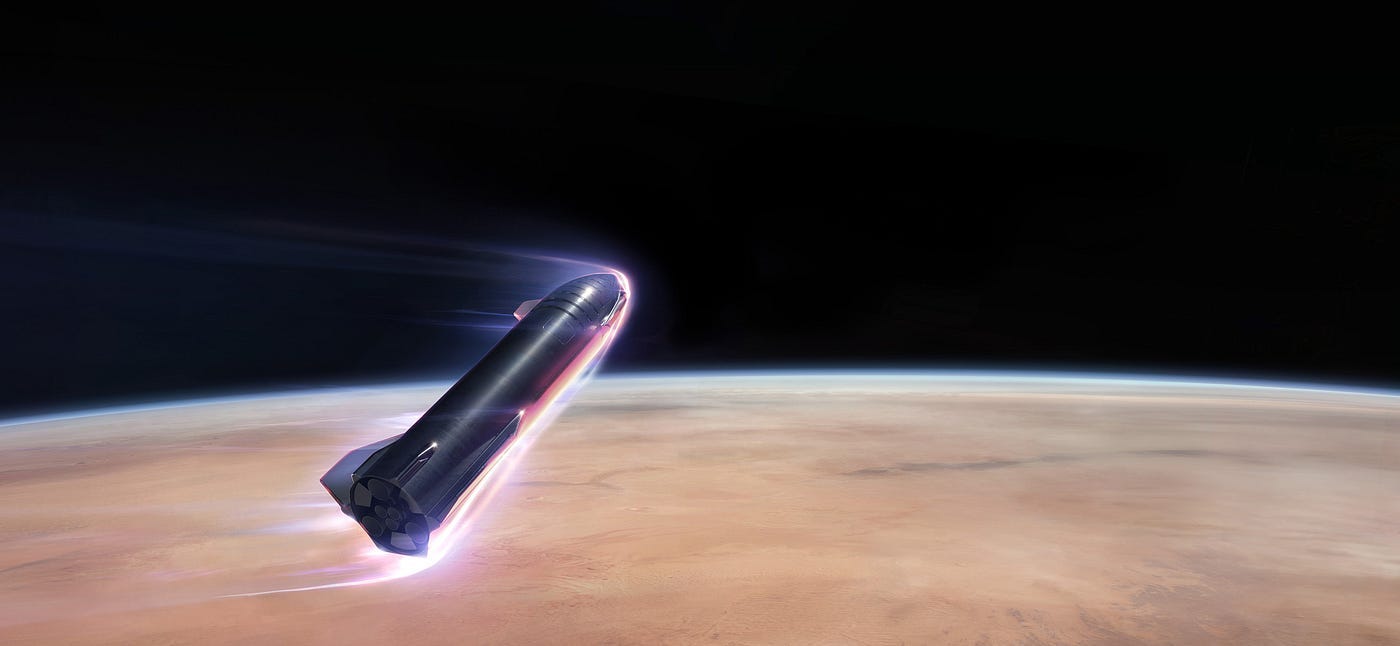Interplanetary travel has long captured the imagination of humanity, beckoning us to venture beyond the confines of our home planet and explore the mysteries of the cosmos. Over the years, significant advancements in science and technology have brought us ever closer to transforming this once-distant dream into a reality. However, the path to interplanetary travel is riddled with a multitude of scientific challenges that must be overcome. This article covers some of these challenges and explores the irresistible possibilities that lie ahead.
Propulsion Systems
One of the most necessary requirements for interplanetary travel is the development of advanced propulsion systems in aeronautics. While chemical rockets have been the primary means of breaking out of the atmosphere, they are inefficient for long-distance journeys. To bridge this gap, scientists are exploring alternative fuels.
One of the most promising solutions is ion engines, which use electric fields to accelerate charged particles in the vacuum of space, providing high specific impulse and low fuel consumption. Ongoing research aims to increase the power and efficiency of ion engines, making them more viable for interplanetary missions.
Nuclear propulsion systems, such as nuclear thermal and nuclear electric propulsion, also hold great promise. These systems harness the energy released from nuclear reactions to propel spacecraft, offering significant improvements to current engines in thrust and efficiency. However, challenges related to safety, miniaturization, and efficient power generation over the course of a multi-decade journey must be addressed before these technologies can be widely adopted.
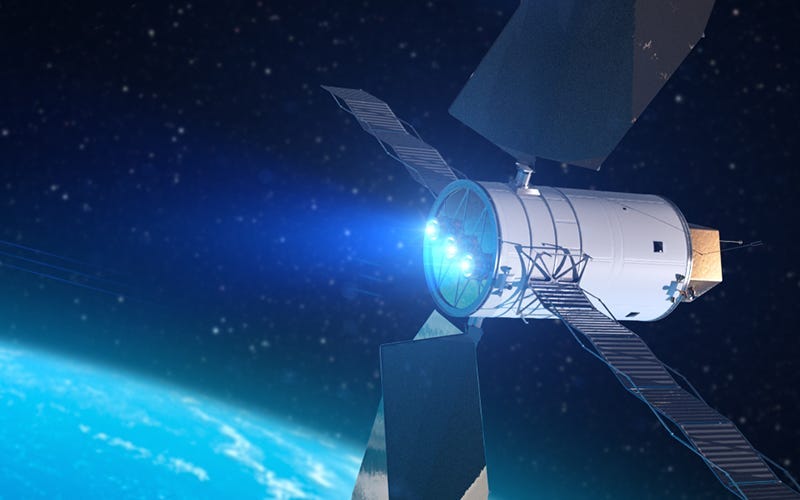
If our attempts are successful, these alternative jet propulsion technologies will prove to be instrumental in our pursuit of becoming a multiplanetary species. Not only will they be more economically and environmentally viable, but they will also pave the way for condensing the travel time between distant planets.
Life Support Systems
Ensuring the survival and well-being of astronauts during interplanetary travel is of paramount importance for space agencies like NASA. Life support systems must provide a sustainable environment that meets the physiological needs of crew members while in the otherwise uninhabitable void. These systems include air revitalization, water recycling, food production, waste management, and protection against radiation and microgravity-induced health issues that could harm the crew and jeopardize the safety of the mission. Not only must these life support systems be functioning optimally at all times, but their longevity is also equally as important, especially during long-duration space travel that could potentially last years.

To ensure optimal functioning and longevity, efficient recycling of resources is critical. Advanced technologies are being developed to recycle and purify water, reclaim breathable air, and convert waste into useful products. Additionally, innovative approaches to radiation shielding, such as the use of composite materials and magnetic shielding, are being explored to safeguard astronauts from harmful cosmic radiation. Psychological health must be maintained as well — astronauts traveling millions or even billions of kilometres through the blackness of space for long periods of time on a spaceship will likely experience some level of depression at some point during their mission due to isolation and inability to communicate with their families. Thus, the development of psychological support systems consistently connecting with space psychologists back on Earth helps address the mental health challenges that arise during long-duration missions.
Spacecraft Design
Designing a spacecraft capable of enduring the harsh conditions of interplanetary space is another crucial aspect of realizing interplanetary space travel. Spacecraft must be lightweight, yet robust enough to withstand the rigours of launch, prolonged exposure to radiation, and the demands of planetary entry and landing. SpaceX’s flagship Starship spacecraft carefully follows this schema. The interplanetary rocket — designed to transport humans to Mars in the not-too-distant future — is made of stainless steel, which boasts high ductility and strength with a decreased chance of fractures when operating in cryogenic environments like the vacuum of space. These properties mean that less material can be used, lowering the weight of the spaceship and thus making stainless steel a highly viable choice of material for interplanetary space travel.
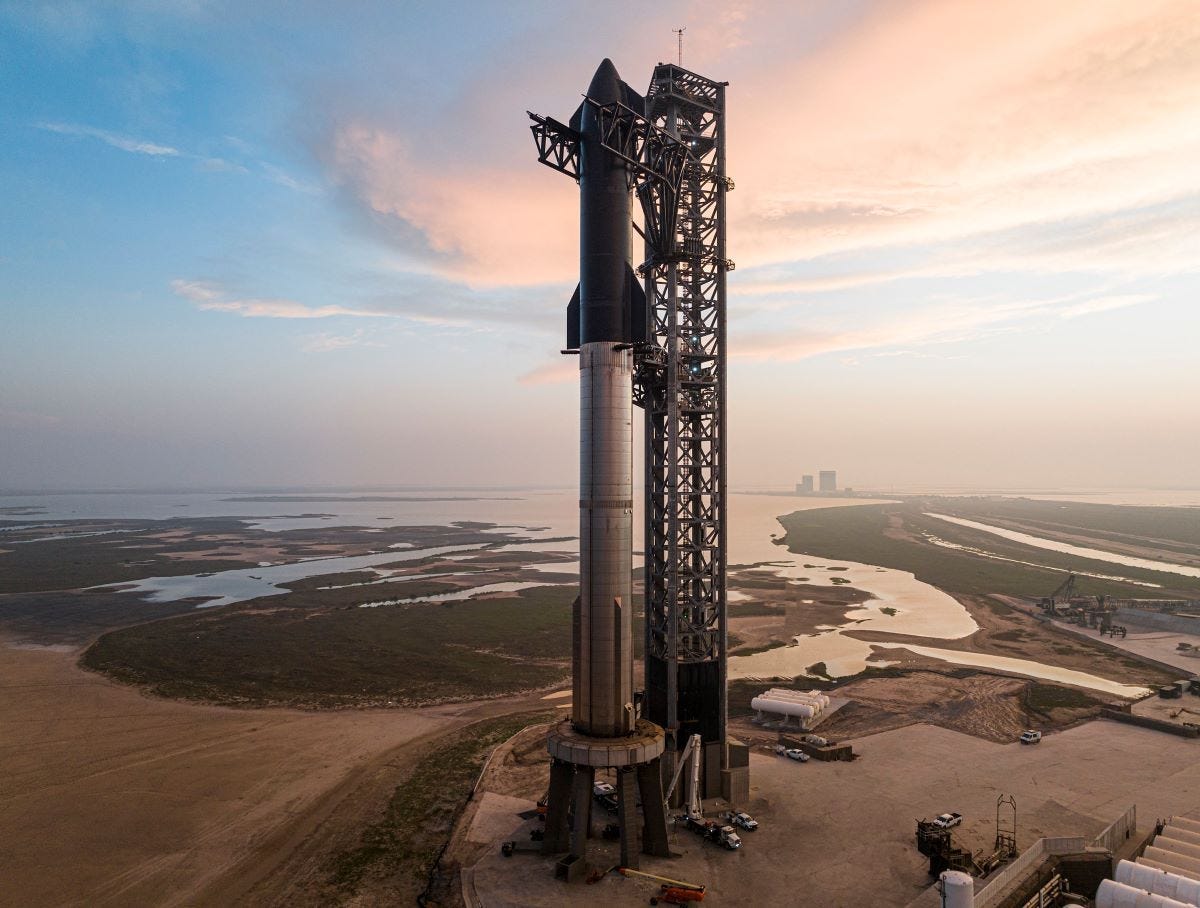
In the meantime, materials scientists and engineers are developing other advanced composite materials and alloys as even better alternatives to stainless steel to further reduce the weight of spacecraft while maintaining structural integrity. Lighter rockets require less fuel to launch into space (environmental advantage) and are much cheaper to launch as there is a direct correlation between weight and cost of launch (economic feasibility).
Interplanetary space travel poses a significant health risk to the crew in the form of cosmic radiation alongside the challenges faced with weight, durability, and strength. Prolonged exposure to this radiation can damage astronauts’ DNA and produce free radicals, harming cells and impairing their functions. As a result, improved radiation shielding materials and structural designs are being developed to protect the crew and critical systems of spacecraft from the harmful effects of cosmic radiation. Substances such as lead and polyethylene have already proven to be effective to some degree, but we have yet to develop a material that provides 100% protection against cosmic radiation.
Finally, the development of reusable spacecraft and infrastructure is a key objective of space companies seeking to invest in interplanetary space travel, as it can significantly reduce its cost and increase launch frequency as it lifts the burden of having to build a new rocket for each new launch. Once again, SpaceX is a pioneer in building reusable spacecraft. For a little over a decade now, the company has been testing and innovating rockets that are able to return from low-Earth orbit (LEO) and land on a drone ship in the middle of the ocean with pinpoint precision, a feat that even NASA has not accomplished so far.
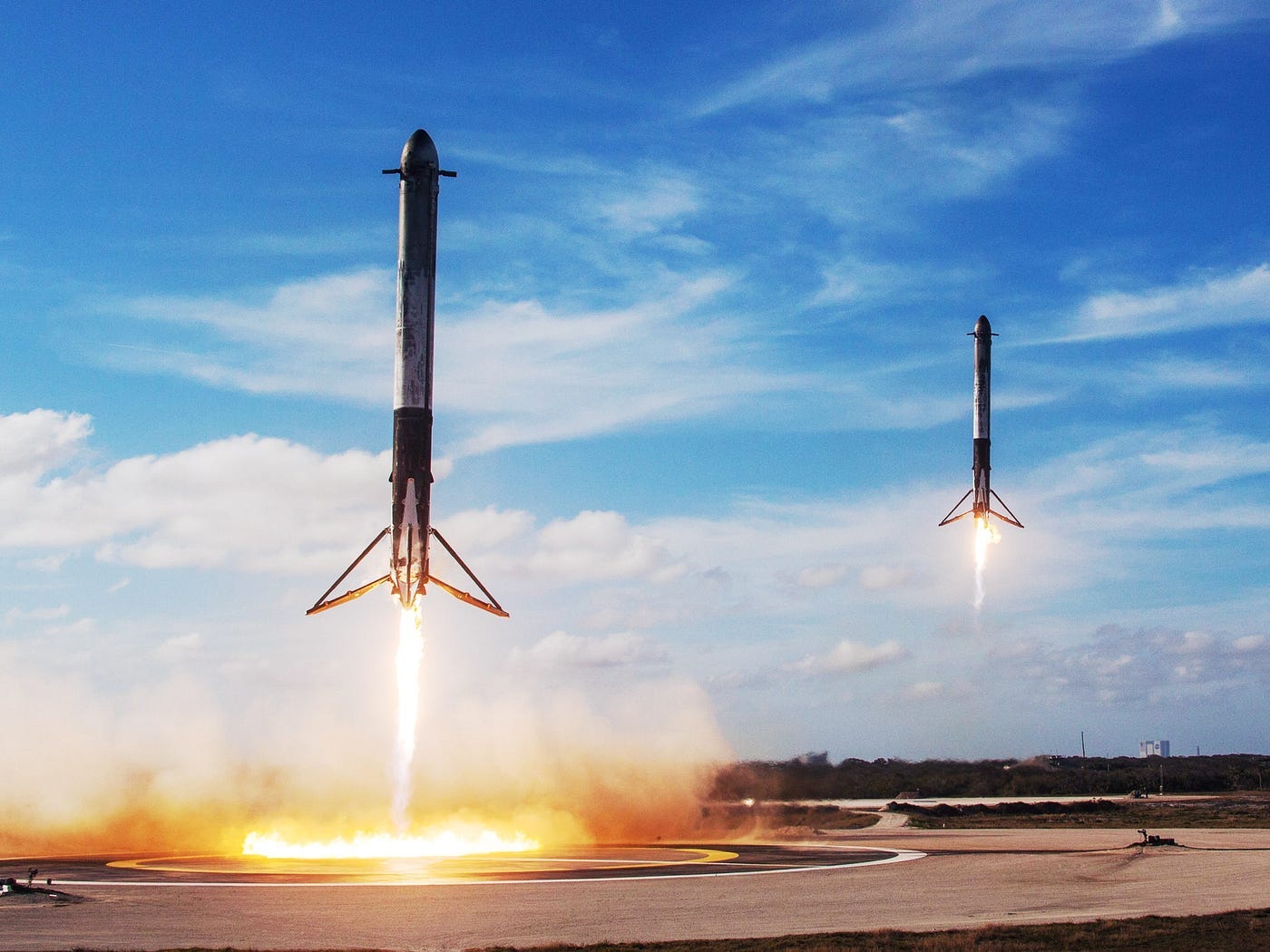
By now, SpaceX has mastered this technology and has made it commonplace to successfully land its rocket boosters with every launch. At times, it almost appears too easy — although this is far from the case. Despite the complexity of the task, the last time SpaceX failed to successfully land a rocket booster was over two years ago. With its ingenious reusability strategy, SpaceX seeks to carry on its rocket landing scheme from launching satellites into LEO and humans/cargo to the International Space Station to successfully land its massive Starship spacecraft on the Moon, Mars and beyond. In a sense, the company is using the landings from its Earth-LEO launches to “practice” landing on other celestial bodies on its interplanetary missions in the near future.
Navigation and Communication
Precise spacecraft positioning, trajectory calculations, and course corrections require advanced celestial navigation techniques. These parameters should constantly be in check by mission control centres which use star trackers, radio tracking, and optical navigation methods to determine a spacecraft’s position and orientation accurately. At the moment, the technology behind deep space networks and communication protocols is being revamped and enhanced to establish efficient and reliable communication links over extremely vast distances. These improvements in communication networks can enable real-time communication between astronauts and mission control during interplanetary missions.
Planetary Landing and Return
Undeniably, the ability to land on and take off from different celestial bodies is essential for the exploration and potential colonization that comes with interplanetary space travel. Landing systems must be designed to ensure safe and controlled descent through the atmospheres of planets and moons. Specifically, parachutes and retro-rockets must be employed to slow down the spacecraft during entry and facilitate a soft touchdown on the surface, while heat shields should be designed with the right materials, shapes and configurations so that the spacecraft can withstand heat potentially up to 2–3,000 degrees Celsius created by air friction (aka air drag) upon atmospheric entry without suffering any damage.
For returning to Earth, it is important for the spacecraft to have enough fuel to take the astronauts home. Spacecraft could hypothetically carry enough fuel that will sustain the entire mission’s propulsion requirements, but it is much more economical to send and build self-sustaining propellant plants in advance on the surfaces of planetary destinations that serve as refuelling stations for the rockets. By doing this, spacecraft will only require enough fuel that will sustain them for a one-way trip. This will make them lighter, which, as previously stated, makes them faster and more economically viable.
The propellant plants will be conveniently stationed next to the rocket landing sites so that spaceships can be refuelled for their return trip to Earth. This is already what SpaceX plans to do for its Mars missions with its Starship spacecraft. Specifically, while on Mars, Starship will be refilled with cryogenic liquid methane and liquid oxygen using local water and carbon dioxide from the planet. This process, known as the Sabatier reaction, follows the chemical equation shown below:
2H2O + CO2 → CH4 + 2O2
This reaction will take place using In-Situ Resource Utilization (ISRU) and is key to ensuring both the renewability and sustainability of fuel production on Mars.
What Can We Learn From Movies?
We’ve all seen movies such as Interstellar and The Martian that have provided us with a glimpse into what interplanetary space travel could hypothetically look like. These movies, although often scientifically inaccurate in many ways, do actually teach us some valuable lessons on how we could live outside planet Earth, not to mention how they hype us for what could come in the near future. I’m not saying that the directors of these movies like Christopher Nolan and Ridley Scott know more than scientists at NASA, SpaceX, ESA and the rest, but they certainly do a fantastic job forming scenarios that demonstrate what could go wrong and the solutions to problems.

The Martian, for instance, is like a handbook that explains how one ought to survive on a desolate planet should they get stranded. The movie — and especially the novel it is based on — explicitly explains and shows in detail everything from how to make water on Mars using rocket propellant to how to reestablish communication with Earth in the event of an antenna detachment, for instance. From the mechanics of growing crops on Mars to the intricacies of orbital dynamics, the narrative in The Martian remains grounded in scientific reality. For this reason, it is, in my opinion, the most scientifically accurate space movie — to the extent that I believe space agencies like NASA could actually use some of its ideas and logistics as inspirations for their missions.
Making interplanetary space travel a possibility is no walk in the park. It requires tremendous effort and collaboration between scientists and organizations across the globe to work out every solution to each hurdle that is presented in this prodigious endeavour. Whether it’s cutting travel time or increasing the durability of spacecraft, each step that we take brings us closer to the reality of becoming a multiplanetary species. Despite all the obstacles in the way of achieving this reality and all the risks that it is riddled with, as long as we continue to innovate and put our heads together, we will be colonizing other planets before we know it.
If you ever lose hope in the viability of this endeavour just remember that in The Martian, despite all the overwhelming odds stacked up against him, Mark Watney made it home in the end.




